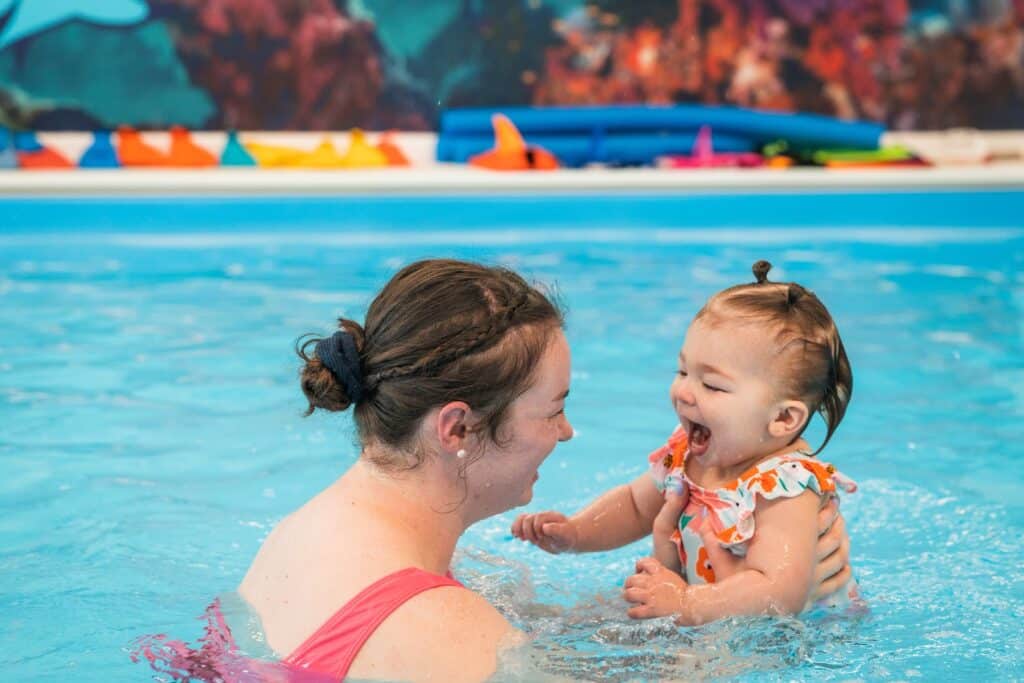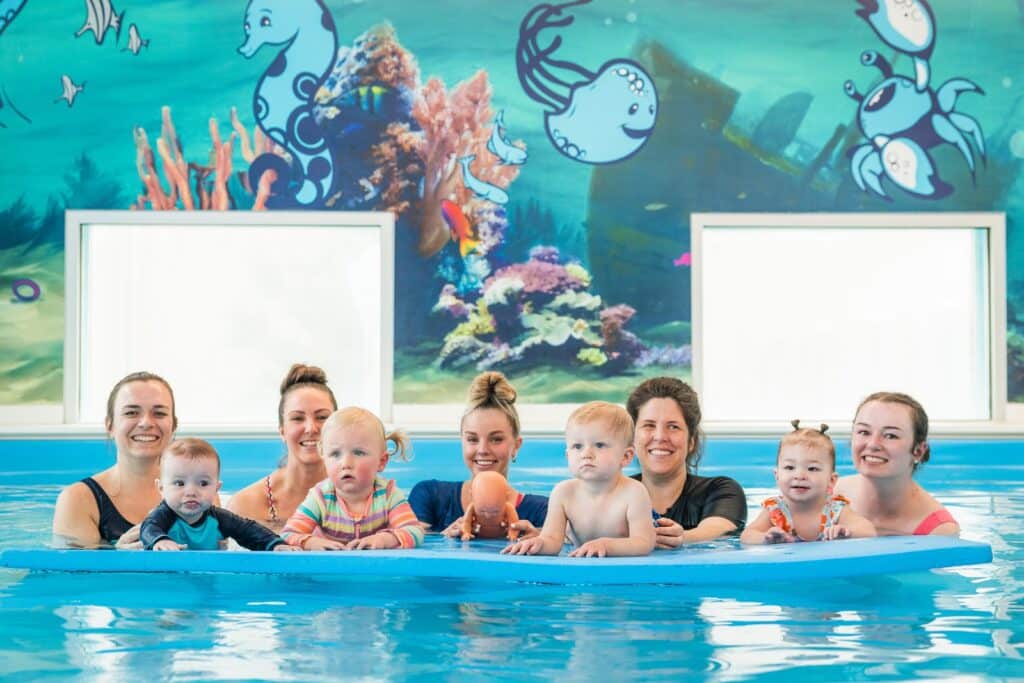Baby Swimming Reflexes: Everything You Need to Know About Their Innate Skills
Did you know that babies are born with natural swimming and self-rescue skills? Below are some of the reflexes we know about:
Dive Reflex (Bradycardic Response):
The dive reflex causes a baby’s heart rate to slow down when their face is exposed to water. This typically starts to diminish around 6 months of age. By the time they are a year old, this reflex tends to be less prominent.
Swimming Reflex (Swimming or Paddling Reflex):
The swimming reflex is when babies instinctively move their arms and legs in a swimming or paddling motion when placed face down in water. It usually starts to fade around 4-6 months of age. As they gain more control over their movements, this reflex becomes less pronounced.

Gag Reflex:
The gag reflex helps prevent choking when water enters the baby’s airway and it remains throughout life. It is a protective response that continues to be present in children and adults.
Moro Reflex (Startle Reflex):
The Moro reflex consists of the baby extending their arms and legs in response to a sudden change in position or stimulus. It tends to disappear around 3-6 months of age as babies develop better control over their movements.

These reflexes do not translate into swimming skills or babies being safe in and around water, but they may help you explain changes in your baby in the water around six months old. Learning proper swimming techniques from qualified instructors is crucial for water safety for infants and children.
Remember that adult supervision is always essential when babies or young children are in or near water, regardless of their reflexes or swimming abilities.
Ready to dive into fun? If you’re in Davis, Salt Lake, or Utah Counties, secure your child’s spot at SwimKids now! Click here to register and make a splash today!